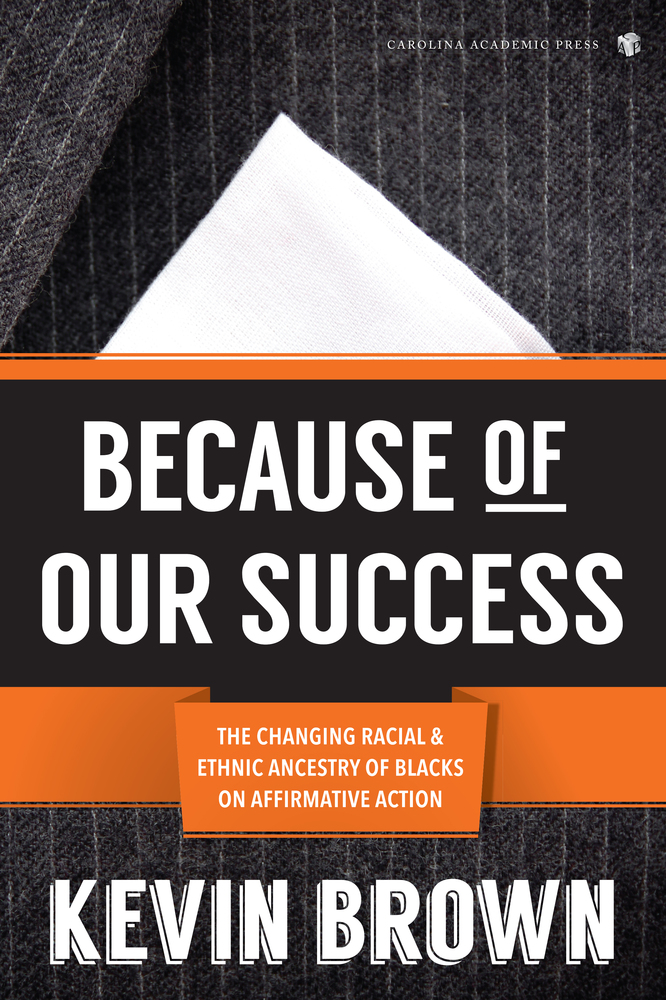Interracial Intimacies: An Examination of Powerful Men and Their Relationships across the Color LinePosted in Books, History, Law, Media Archive, Monographs, Politics/Public Policy, Social Science, United States on 2015-03-07 02:02Z by Steven |
Interracial Intimacies: An Examination of Powerful Men and Their Relationships across the Color Line
Carolina Academic Press
2009
144 pages
Paper ISBN: 978-1-59460-496-6
Earl Smith, Professor Emeritus of Sociology
Wake Forest University, Winston-Salem, North Carolina
Angela J. Hattery, Professor and Director of Women and Gender Studies
George Mason University, Fairfax, Virginia
Unique among books on interracial relationships, this book examines the lives of high profile men who have produced public discourses on race and interracial relationships and who themselves, often contradictory to their rhetoric, were or continue to be involved in love relationships across the color line. The book opens with a discussion of the history of interracial couplings in the United States, including an examination of the relationship of Richard and Mildren Loving which led to the landmark case Loving v. Virginia in which the U.S. Supreme Court, in 1967, rendered unconstitutional all state laws that prohibited interracial marriage. Each of the subsequent chapters is devoted to an individual man or couple; we explore the lives of men about whom their interracial relationships are relatively well known, including Thomas Jefferson, Strom Thurmond, Clarence Thomas, Frederick Douglass, and William Cohen. We also explore a few figures about whom less is known about their intimate lives including George Washington and Richard Mentor Johnson.
Rather than simply focusing on the relationships exclusively, this book examines specifically the role that power plays in shaping the negotiation of intimate relationships, family forms, racial identity, hegemonic ideology and public policy among public figures who not only contributed to the public discourses on race and interracial unions, but also contributed to the racial ideologies that gained hegemony and dominated Americans’ beliefs about race and the laws and public policies that established second class citizenship for those identified as “Black.”
This book offers the interested reader a glimpse into the personal lives of famous and not so famous American men who clandestinely or in open view loved women across the color line. In some cases, these loving relationships mirrored the men’s beliefs about race and interracial unions—Richard Mentor Johnson, William Cohen—and in others these relationships were in seeming contradiction to the beliefs these men held and in fact developed about racial purity and segregation—Thomas Jefferson, Clarence Thomas, Strom Thurmond. These contradictions between the public and private lives of our country’s public servants offers a rich arena for exploration of race in the United States. In light of the recent election of the first African American president, Barack Obama, this book could not be more timely.




